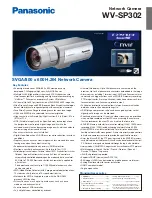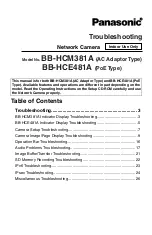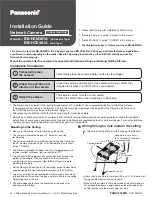
User Guide
–
Line Impedance Stabilization Network
6
1.0. Introduction of LISN
EMCIS Model Line Impedance Stabilization Network (LISN) is a channel selectable (one or two)
low pass filter network designed to isolate the equipment under test from an external power source ;
to measure conducted emission from power lines.
The LISN must maintain characteristic impedance to the EUT and isolate the EUT from unwanted
RF signals on both the DC and AC power source while allowing the necessary voltage and current
to be delivered to the EUT.
The LISN provides a 50
Ω
output impedance for measurement of RF emissions produced by the
EUT.
The impedance versus frequency of an LISN must match the requirements of the test specification
being applied to the EUT.
LN2-100A and EMCIS LISN attributes are defined in CISPR 16-1-2.
The most widely used LISN's present a 50
Ω
impedance to the EUT. The 50
Ω
impedance was
selected because theoretical and empirical data have shown that the power circuitry statistically
looks like a 50
Ω
impedance to standard electronic equipment and RF test equipment is typically
designed for 50
Ω
input. The bandwidth is typically determined by the operating frequency of the
potential victims of the EUT's conducted emissions.
The majority of conducted emissions measurements are carried out form 150 kHz to 30 MHz. This
insures that electronic equipment do not interfere with VLF, HF radio communication systems as
well as other electronic devices operating at this frequency.
EMCIS LISN has its own special parameter.
There are two type of LISN being used; One has one line connection port with line selection switch
(or without switch) and another one has two ports linking two lines simultaneously and
continuously. To cover both cases, EMCIS LISN has two group of selection button.
In performance and operation, there are no difference comparing with currently used LISN
































